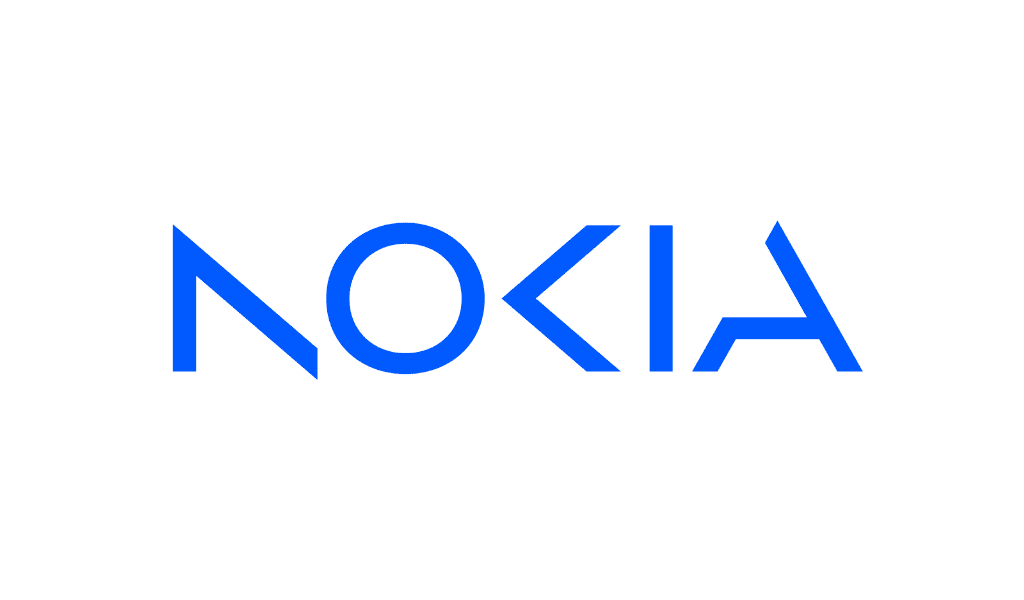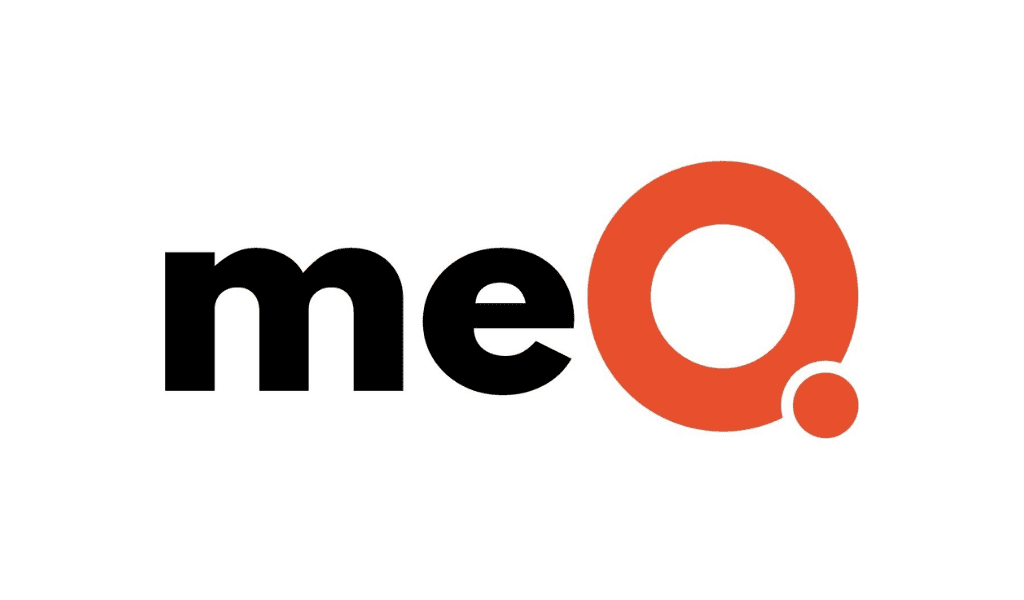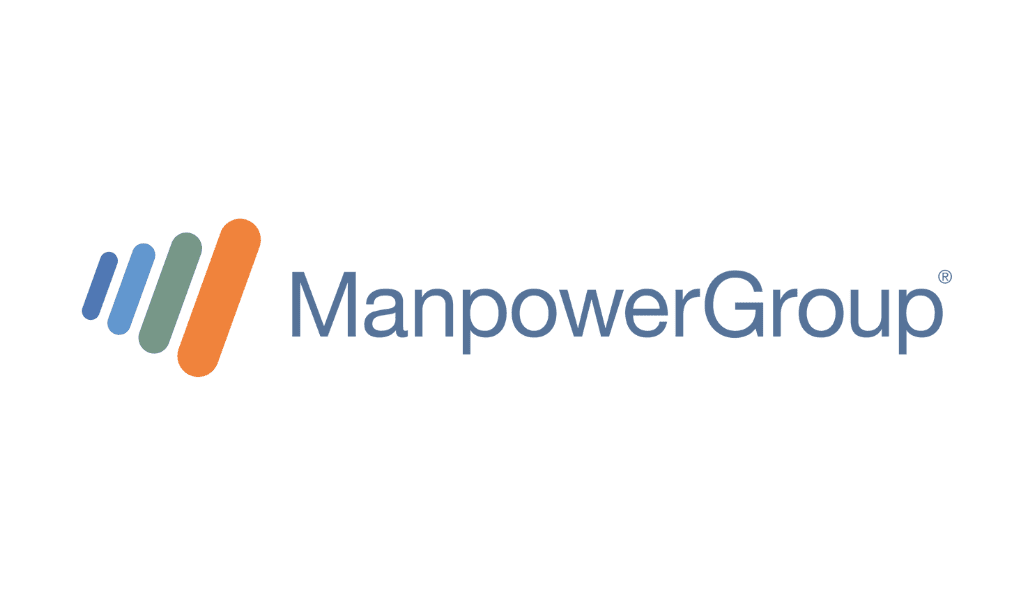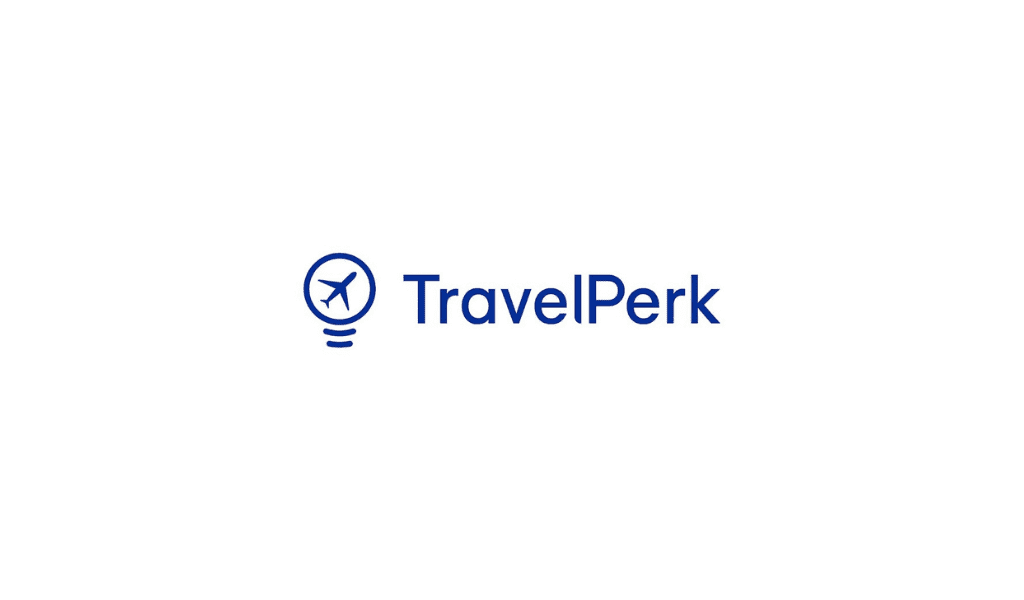Workplaces are paying more attention to the mental well-being of their employees. But with four generations in the workforce, it’s not always easy to offer the right mental health support, according to Andrea Herron, head of people at WebMD.
Herron explains that having a multi-generational workforce offers numerous benefits. Depending on the industry, organizations may have employees from all four generations – baby boomers, Gen X, millennials, and Gen Z. Each age group brings a different set of skills, life experiences, and perspectives to the workplace. Older workers can pass knowledge to younger generations, while younger generations can support older workers in understanding new technologies.
When it comes to mental health, Herron writes, employees from each generation bring their own stressors and distinct stressors to the issue – which means that a one-size-fits-all approach to mental health and employee well-being may not be effective.
Baby Boomers
The baby boomer generation is not as comfortable discussing mental health in general, and even less comfortable bringing it up in the workplace. Unlike younger members of the workforce, baby boomers grew up thinking about mental health in the context of mental illness or traumatic events.
Herron suggests several strategies that HR leaders can utilize to help support baby boomers and their mental health in the workplace. These include fostering open communication about mental health in the workplace, promoting Employee Assistance Programs (EAPs), forming an Employee Resource Group (ERG) for this age group, offer grieving support, and utilizing social media that’s targeted at baby boomers.
Gen X
Much like baby boomers, Gen X were not taught to talk openly about their mental health, especially in the workplace. They were taught to be independent and resilient. Still, this generation is among the most stressed in the workforce, as they juggle caring for teenagers and aging parents, menopause, and other health concerns.
Herron provides some advice for supporting Gen X employees and their mental health, including educating them on the importance of self-care, offer flexibility for work hours, provide menopause support for women, give access to stress management, and form ERGs dedicated to older parenting stages.
Millennials
Often called the “anxious generation,” millennials were the first generation to grow up with access to the internet and other more advanced technologies, including social media. They are often more open to talking about mental health, going to therapy, and being open about their well-being. Given their age, they may be concerned about starting a family and preparing for major purchases, like a home, while attempting to pay off their student loans.
Herron says that it’s important to support millennials and their mental health in the workplace by providing digital resources, offer mental health days, respect their desire for work-life balance, and appoint them as mental health ambassadors for the organization.
Gen Z
The youngest members of the workforce, Gen Z has experienced a considerable amount of turmoil in their lives. This includes the 2008 recession, political discord, geopolitical events abroad, climate change, and school shootings. Social media has been their forum for talking about mental health, but it has also been a place where unhealthy feelings of comparison have thrived. Gen Z also lived through the pandemic at a formative point in life, contributing to concerns about mental health.
Of all the generations, Gen Z feels the strongest that employers should provide support for mental health. Herron explains ways that companies can invest and support Gen Z and their mental health. This includes connecting workers with the organizational mission, offering multiple modes of counseling, including digital methods, educating workers about mental health benefits offered through their medical plan, offering flexibility, scheduling regular check-ins, and plan company-sponsored activities to support social connections.
















